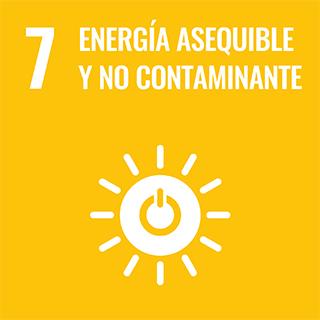
Indexat a
Llicència i ús
Grant support
This work was supported in part by the European Regional Development Fund grants, in part by the Spanish Government under the project MINECO-17-DPI2016-75760-R and RTI2018-099682-AI00, and in part by the Principality of Asturias under the project IDI/2018/000179 and under the scholarship BP17-91.
Impacte en els Objectius de Desenvolupament Sostenible (ODS)

Anàlisi d'autories institucional
Rodriguez, JuanAutor o coautorDesign of a Two Input Buck converter (TIBuck) for a Visible Light Communication LED driver based on splitting the power
Publicat a:2013 Twenty-Eighth Annual Ieee Applied Power Electronics Conference And Exposition (Apec 2013). 1309-1314 - 2020-01-01 (), DOI: 10.1109/APEC39645.2020.9124254
Autors: Aller, Daniel G; Lamar, Diego G; Arias, Manuel; Rodriguez, Juan; Miaja, Pablo F; Sebastian, Javier
Afiliacions
Resum
This work proposes a modification of the Two Input Buck converter (TIBuck) working as a high efficiency driver for LEDs and transmitter for Visible Light Communication (VLC). Due to the lower harmonic components and lower voltage stress over the switches, the TIBuck converter is a suitable option for high frequency and fast response converter. The TIBuck converter outperforms the conventional buck converter in terms of efficiency and communication capability because of its lower switching losses and less filtering action required. The second voltage source needed by the TIBuck converter is provided by means of an auxiliary Buck converter, which also implements the average current control over the LEDs. The efficiency of the converter is improved by reducing the power that is been processed at high frequency. Most of the power is processed by an auxiliary Buck converter with lower switching frequency. As experimental results, a TIBuck converter is built based on a low frequency and a high frequency Buck converters connected in parallel regarding the load. The topology reaches a 94% of efficiency reproducing a 64-QAM with a bitrate up to 1.5 Mbps.
Paraules clau
Indicis de qualitat
Impacte bibliomètric. Anàlisi de la contribució i canal de difusió
Independentment de l'impacte esperat determinat pel canal de difusió, és important destacar l'impacte real observat de la pròpia aportació.
Segons les diferents agències d'indexació, el nombre de citacions acumulades per aquesta publicació fins a la data 2025-06-09:
- Open Alex: 3
- WoS: 1
- Scopus: 5
- OpenCitations: 2


